SUMMARY
This is AI generated summarization, which may have errors. For context, always refer to the full article.
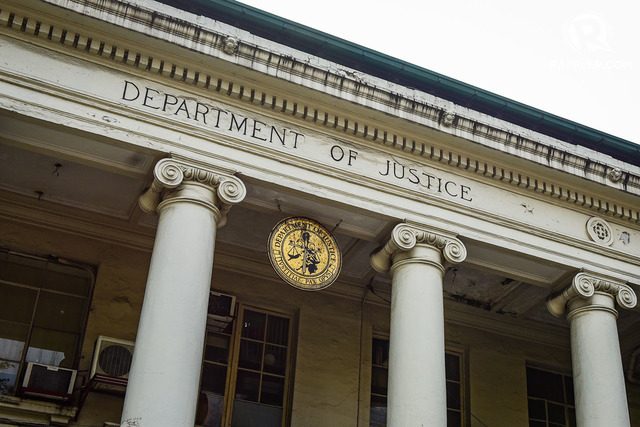
The Department of Justice (DOJ) will be chasing its deadlines this year for two special panels on extrajudicial killings (EJKs) as it takes on President Rodrigo Duterte’s tall order to investigate corruption in the entire government.
The corruption task force has started meetings to identify its target agencies, adding to the regular workload of the DOJ as well as the National Prosecution Service (NPS).
This is also on top of the task of the drug war review panel which looks into the 5,600 deaths in police anti-drug operations, and the panel created under Administrative Order (AO) 35, which probes EJKs outside of the drug war.
For the drug war review panel to hit the November target, Justice Secretary Menardo Guevarra said they might have to rely on “sufficient random samplings” for an initial report. Guevarra earlier told the United Nations Human Rights Council (UNHRC) that the panel will submit a report by November.
“Sadly, the pandemic has affected our mobility in examining case files located in various field stations of law enforcement agencies,” Guevarra said on Thursday, November 5.
“As I see it, though, there may not be a need to look at each and every case, if a pattern is clearly visible upon examination of sufficient random samplings,” he added. (PODCAST: Law of Duterte Land: Can we trust the gov’t panel probing drug war deaths?)
The drug war panel intends to accomplish two things:
- See if policemen have to be held accountable for deaths, when before the operations enjoyed presumption of regularity
- Close the gaps in the prosecutorial and investigative systems that let these deaths go unchecked or unfiled
What happened to AO 35?
The DOJ also targetted to release this year a report on its AO 35 panel, which aims to establish patterns of EJKs outside the drug war.
But Guevarra was unable on Thursday to give an update on the AO 35 panel. His undersecretaries did not reply to queries for an update.
In a report submitted to the House of Representatives after the budget hearings on October 14, the AO 35 panel did not report a significant update on its probes into the deaths of activists Randall Echanis and Zara Alvarez.
Rappler asked Justice Undersecretary Adrian Sugay on October 22 if there was a development to the October 14 letter to the lower chamber, but the official has yet to give an update on Thursday.
Authorities still have no suspects in the two cases.
In the letter to the House, the AO 35 panel merely cited its 13 convictions – the same report it gave to the United Nations back in May. The report also showed that few are convicted, and most perpetrators are cleared under the AO 35 panel.
These two panels are among the efforts that the Duterte government has cited to the UNHRC, and which were used by the council as reasons not to go hard on the administration for human rights abuses. The DOJ is in the center of these efforts to shield the Duterte government from an international probe.
The UNHRC also gave merit to the commitment of the DOJ to share data with the Commission on Human Rights under the AO 35 panel, but the CHR said on October 8 that they were still out of the loop.
In the letter to the House, the DOJ said nothing definitive about granting CHR full access to its AO 35 data. The letter just listed details already found in an earlier Memorandum of Agreement (MOA).
More lawyers
Guevarra said they have enough state counsels and prosecutors to “handle all these extra tasks assigned to the DOJ.”
“We’ll add a crop of young lawyers who will get their appointments as prosecution attorneys very soon. If need be, we’ll draw from the legal complement of agencies attached to the DOJ, other than the National Bureau of Investigation (NBI),” said Guevarra.
Guevarra said the disposition rate of prosecutors “remain high up to this point.”
In 2018, DOJ had an “almost 90%” disposition rate of criminal complaints, according to the Philippine government’s report to the UN.
In the same report, courts reported better disposition rates, citing plea bargaining in drugs cases where suspects – even those who claim innocence – plead guilty to a lesser offense and serve a shorter jail time. (PODCAST: Law of Duterte Land: Policies beyond body count of Duterte’s drug war)
“The adoption of the Plea Bargaining Framework In Drugs Cases4 largely contributed to increased court disposition rate in first level courts (55% to 62%) and second level courts (from 24% to 39%) from 2016 to 2018,” said the report. – Rappler.com
Add a comment
How does this make you feel?
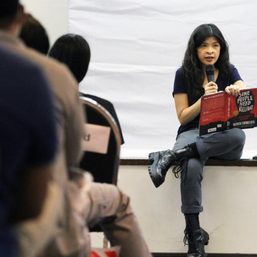
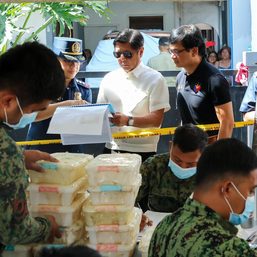
![[OPINION] ‘Some people need killing’](https://www.rappler.com/tachyon/2024/04/tl-some-people-need-killing-04172024.jpg?resize=257%2C257&crop_strategy=attention)
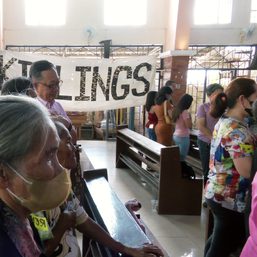
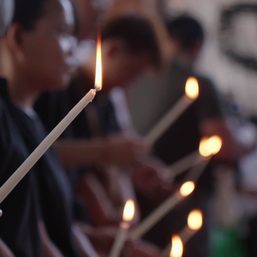
There are no comments yet. Add your comment to start the conversation.